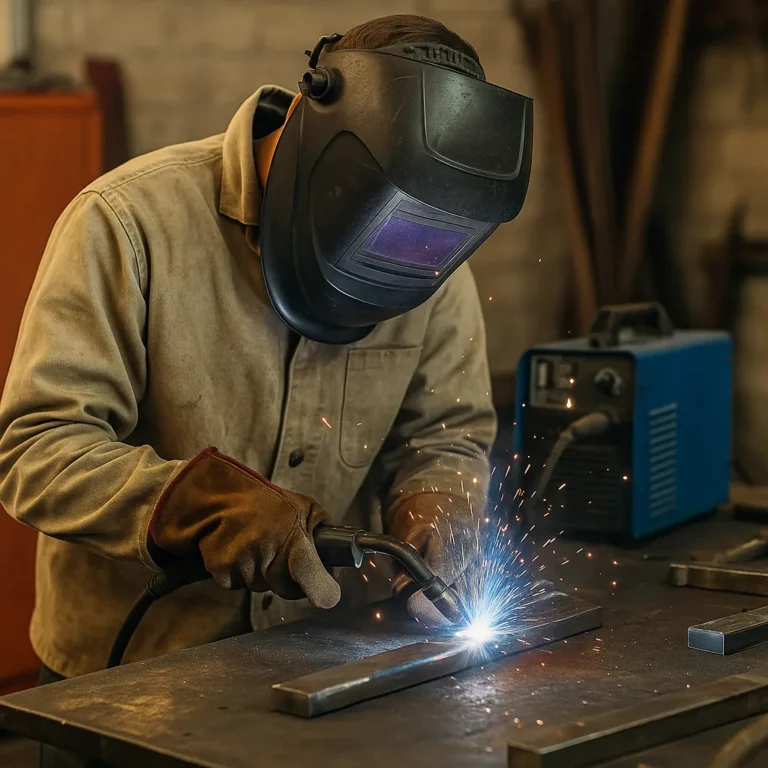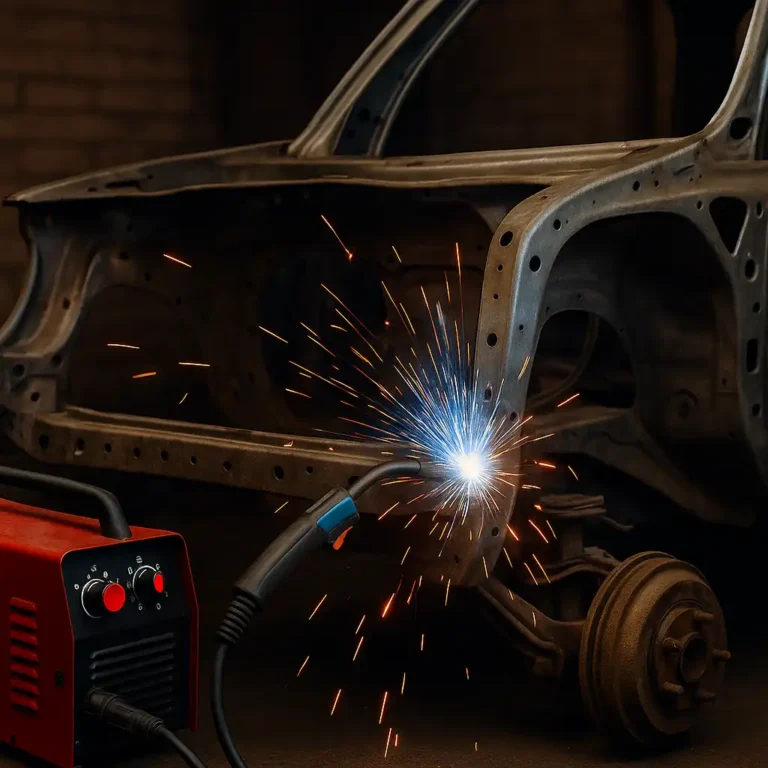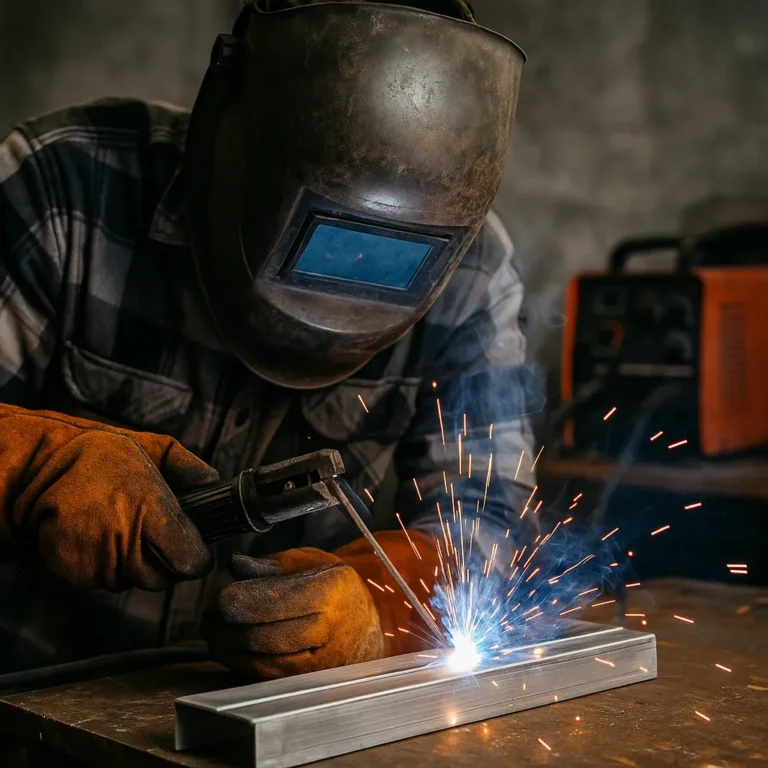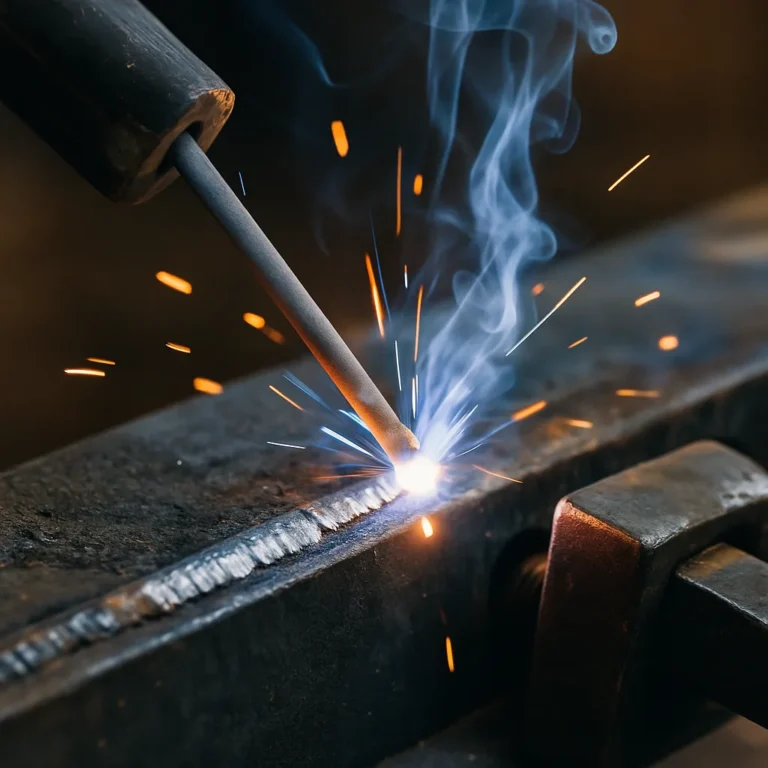The Best Gas for MIG Welding Mild Steel: A Practical Guide
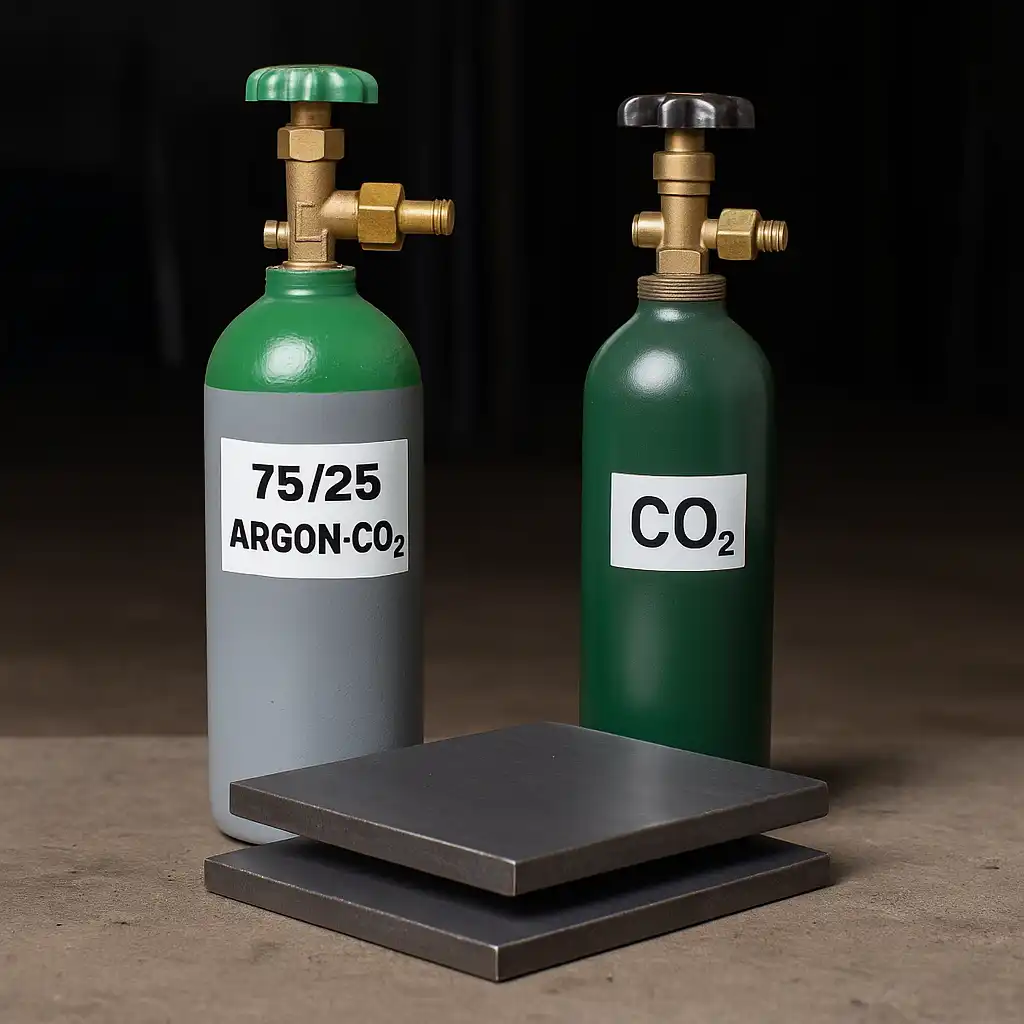
Disclosure: This post contains affiliate links. As an Amazon Associate, I earn from qualifying purchases—at no extra cost to you.
Selecting the right shielding gas is crucial for achieving strong, clean welds when working with mild steel. The right choice can improve penetration, reduce spatter, and enhance overall weld quality. But with multiple options available, which gas truly stands out as the best for MIG welding mild steel?
Understanding Shielding Gases for MIG Welding
Shielding gases protect the weld pool from contaminants like oxygen, nitrogen, and hydrogen, ensuring a stable arc and a smooth weld bead. For mild steel, the most common shielding gases include:
Carbon Dioxide (CO₂)
- Pros: Affordable, excellent penetration, and widely available.
- Cons: Tends to produce more spatter and a rougher weld appearance.
Argon + CO₂ Mix (75/25 Blend)
- Pros: Ideal for thin to medium-gauge mild steel. Produces a clean weld with minimal spatter.
- Cons: Slightly more expensive than pure CO₂.
Argon + Oxygen Mix
- Pros: Improves arc stability and enhances the fluidity of the weld pool.
- Cons: Limited to thin metal applications and requires precise control.
Best Gas for Different Welding Scenarios
To achieve optimal results, consider the following recommendations based on your welding goals:
For General Purpose Welding
75% Argon / 25% CO₂ (C25 Gas)
- Balances cost, weld appearance, and performance.
- Ideal for sheet metal, automotive repair, and thin-gauge steel.
For Deep Penetration on Thick Steel
100% CO₂
- Offers excellent penetration for structural and heavy-duty applications.
- Best suited for outdoor work or when budget is a key factor.
For Enhanced Weld Appearance
90% Argon / 10% CO₂
- Provides superior arc stability and smoother bead finish.
- Ideal for precision welding or aesthetic welds.
Choosing the Right Gas Cylinder
When purchasing a gas cylinder, consider:
- Cylinder size (smaller cylinders for hobbyists; larger for frequent use).
- Regulator compatibility to ensure precise gas flow control.
- Safety equipment, including proper ventilation and protective gear.
Conclusion
The best gas for MIG welding mild steel depends on your project’s demands. For versatility and ease of use, the 75/25 Argon-CO₂ mix stands out as the top choice for most welders. However, if you’re tackling thick steel or working outdoors, pure CO₂ offers unbeatable penetration.
Related Articles You Might Find Helpful
Explore these resources for additional welding tips and equipment recommendations:


